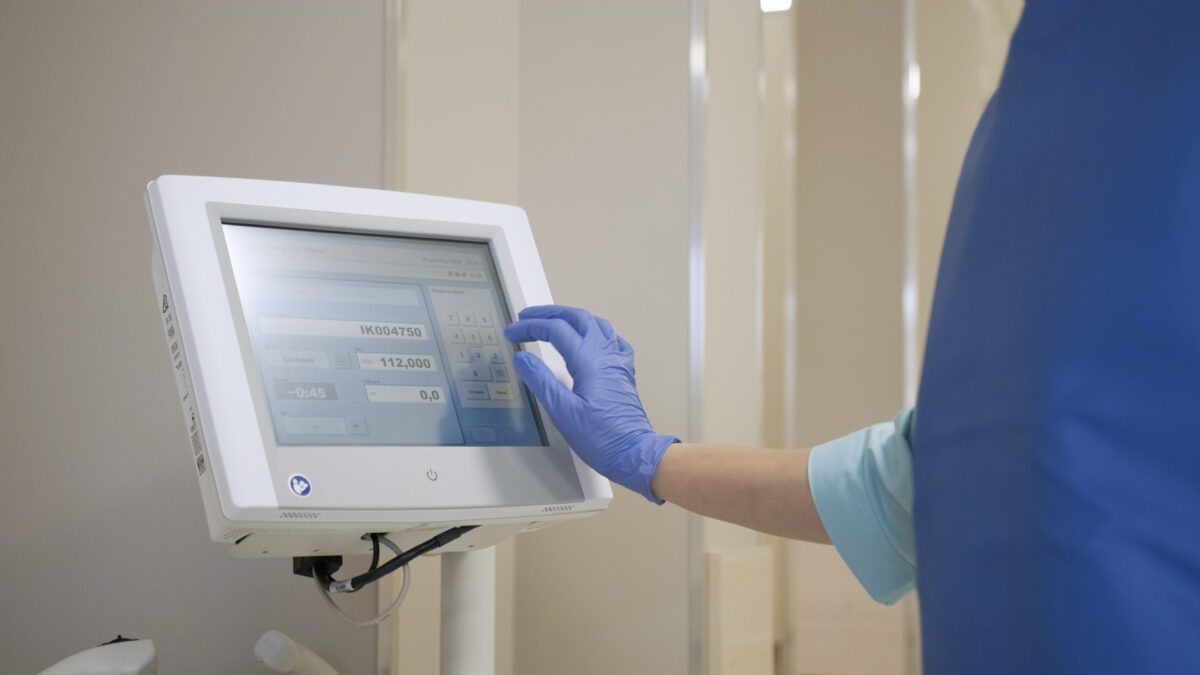Point-of-Care Testing for Tranexamic Acid Efficacy

Point-of-care testing (POCT) represents a critical innovation in healthcare, enabling rapid diagnostic assessments right at the patient’s side, thus streamlining the treatment process. Among its applications, the efficacy of tranexamic acid, especially in trauma settings and during major surgeries, is gaining traction. Tranexamic acid, a powerful antifibrinolytic agent, is used to prevent excessive blood loss, a major cause of morbidity in surgical and trauma settings. Evaluating its efficacy through point-of-care testing can dramatically enhance patient outcomes by tailoring dosages to individual needs and minimizing complications.
Tranexamic acid works by inhibiting plasminogen activation, which is crucial in the fibrinolysis process where blood clots are broken down. By preventing this breakdown, tranexamic acid helps to maintain clot stability, thereby reducing blood loss. However, the effectiveness of tranexamic acid can vary widely among patients due to individual differences in pharmacokinetics and pharmacodynamics. Therefore, the ability to monitor its efficacy in real-time can be a game-changer in clinical settings.
The introduction of point-of-care testing for tranexamic acid involves the use of devices that can quickly measure blood levels of the drug and assess how effectively it is performing its antifibrinolytic function. These tests are particularly useful during surgeries or in the emergency department where rapid decision-making is critical. For instance, in cases of traumatic bleeding, timely information about tranexamic acid levels can help medical teams decide whether additional doses are needed to control bleeding more effectively.
Implementing point-of-care testing for tranexamic acid not only aids in optimizing drug dosages but also enhances patient safety. Overdosing of tranexamic acid, while rare, can lead to complications such as increased risk of thrombosis. Conversely, underdosing may lead to ineffective bleeding control, necessitating additional interventions. POCT helps in striking the right balance by providing immediate feedback on the drug’s efficacy in the patient’s system, allowing for adjustments in real-time based on objective data.
The technology behind point-of-care testing for tranexamic acid efficacy typically involves portable analyzers that can process blood samples quickly and provide results within minutes. These devices use various technologies, including immunoassay techniques or mass spectrometry, to quantify tranexamic acid concentrations accurately. Such rapid testing not only expedites clinical decision-making but also reduces the need for repeated blood draws and laboratory visits, thereby enhancing the patient experience and reducing hospital stays.
The adoption of point-of-care testing for tranexamic acid is also economically viable. By ensuring that the drug is used efficiently, healthcare facilities can prevent wastage and reduce the costs associated with unnecessary treatments and prolonged hospital admissions. Moreover, by minimizing the risks of complications related to improper dosing, hospitals can improve overall patient outcomes, which is often linked to better financial performance through metrics such as reduced readmission rates.
Despite the clear benefits, the integration of point-of-care testing for tranexamic acid into routine clinical practice faces several challenges. These include the need for robust validation of the technology to ensure accuracy and reliability, training healthcare personnel to use new devices effectively, and establishing protocols for responding to test results. Furthermore, regulatory approvals and compliance with healthcare standards are critical to ensure that these new testing modalities maintain the highest quality and safety levels.
In conclusion, point-of-care testing for the efficacy of tranexamic acid is an exciting development in medical technology with the potential to transform patient care in surgery and trauma settings. By providing immediate insights into the drug’s effectiveness, this technology empowers healthcare providers to make more informed decisions, tailor treatments to individual patient needs, and improve clinical outcomes. As healthcare continues to move towards more personalized and efficient models of care, innovations like POCT for tranexicom acid efficacy will play a pivotal role in advancing patient care practices and enhancing the safety and effectiveness of treatments.
